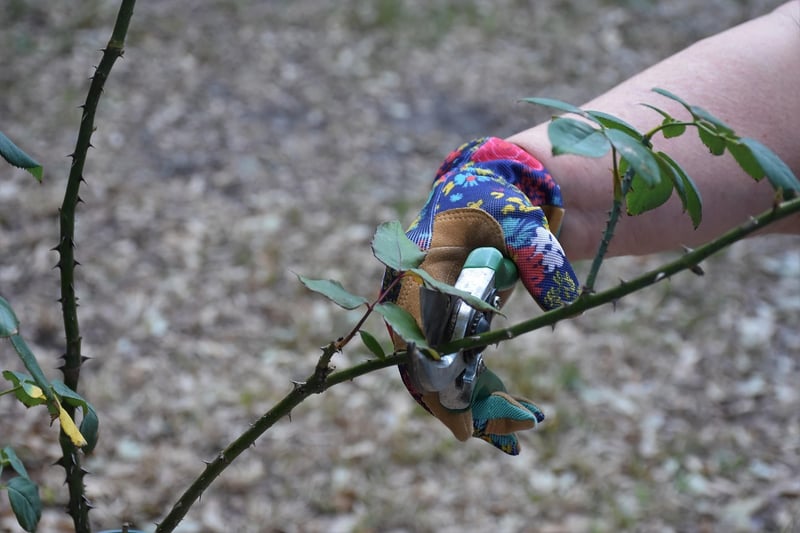Pruning Guidelines
Keeping Your Vertical Garden Thriving
Vertical gardens are a fantastic way to bring greenery into small spaces, creating a lush oasis even in the most limited areas. To ensure your vertical garden stays healthy and vibrant, follow these essential guidelines:
1. Choose the Right Plants
Opt for plants that thrive in vertical environments, such as ferns, succulents, and herbs. Consider the amount of sunlight your garden receives and select plants accordingly.
2. Adequate Watering
Vertical gardens can dry out quickly, so be sure to water them regularly. Invest in a drip irrigation system or hand-water your plants to keep them hydrated.
3. Fertilize Regularly
Plants in vertical gardens may deplete nutrients faster due to their confined root space. Fertilize your plants regularly to ensure they have the necessary nutrients to thrive.
4. Monitor for Pests
Keep an eye out for pests that may affect your vertical garden. Inspect your plants regularly and take action at the first sign of infestation.
5. Pruning Guidelines
Pruning is essential for maintaining the health and appearance of your vertical garden. Follow these pruning guidelines:
When to Prune:
- Prune regularly to encourage new growth and keep plants looking tidy.
- Remove dead or yellowing leaves to promote plant health.
- Prune after flowering to encourage new blooms.
How to Prune:
- Use clean, sharp pruning shears to make precise cuts.
- Trim back overgrown branches to maintain the shape of the plant.
- Prune at a 45-degree angle just above a leaf node or bud.
By following these guidelines and regularly pruning your vertical garden, you can ensure that it remains healthy, vibrant, and visually appealing for years to come.

Image source: Pixabay
